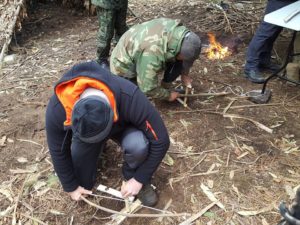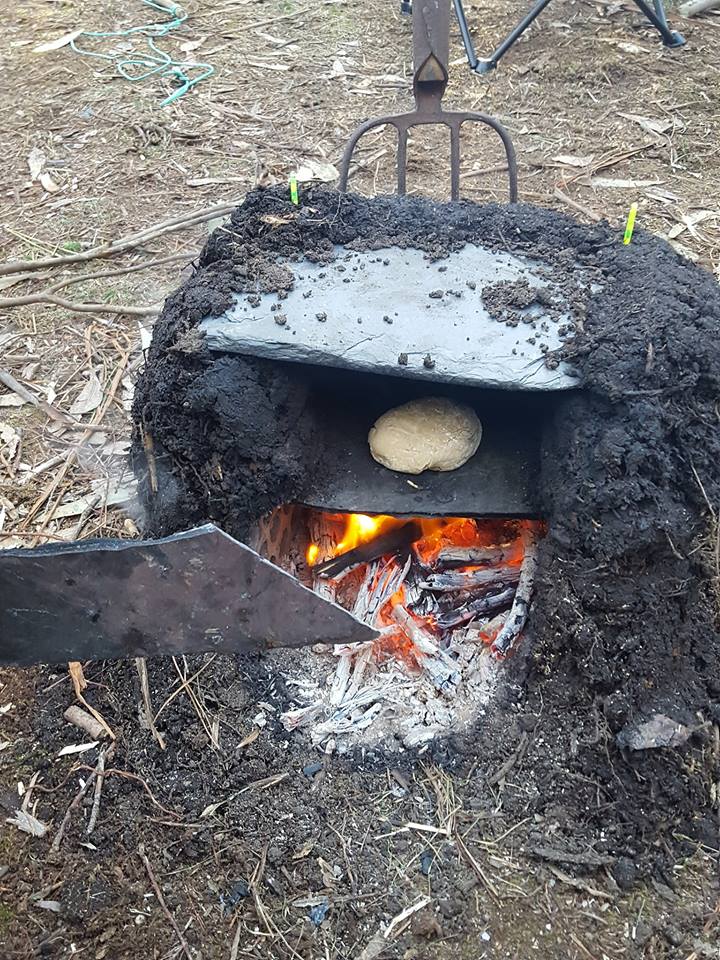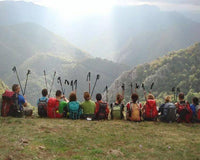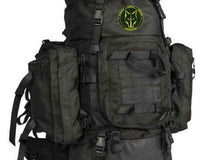Bushcraft and survival are two terms that are often confused because they both focus on the ability to survive in natural environments, but there are some important differences between them.
Bushcraft focuses on the skills and knowledge needed to live comfortably in the forest or wilderness for extended periods of time. The emphasis is on learning to live in harmony with the environment, rather than simply surviving within it. Skills learned in bushcraft include shelter building, identifying edible plants and animals, obtaining water, and creating fires.

We can say that bushcraft is a sought-after activity, while survival focuses on the skills and knowledge needed to survive in emergency situations or extreme conditions, such as being trapped in the wilderness after an accident or natural disaster, or even in an urban survival situation where basic supplies have been lost. The emphasis in survival is on the ability to adapt to extreme circumstances and stay alive. Skills learned in survival include building emergency shelters, obtaining water and food, orientation and navigation, and creating rescue signals.

In short, bushcraft focuses on living comfortably in nature, and survivalism focuses on the ability to survive in extreme situations.
Both approaches have skills and knowledge in common, but differ in their objectives and in the depth and scope of the skills and knowledge required.
Survival is triggered by external actions in which you are forced to survive, while bushcraft is a voluntary activity. Obviously, survival can be trained voluntarily, pushing the limits to acquire knowledge and skills that allow us to be prepared for an emergency situation.

In the courses and activities we carry out at #TerritorioNorthvivor, our expert and training director @RobertoOrosa will teach you, from the most basic, through learning adapted to each person, where the important thing is to learn and not have a bad time, like our basic survival techniques course.







